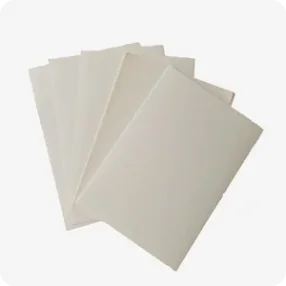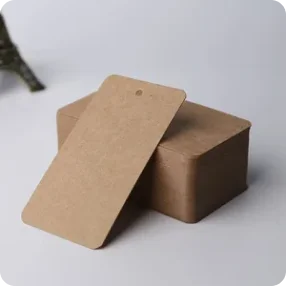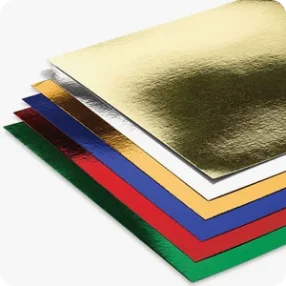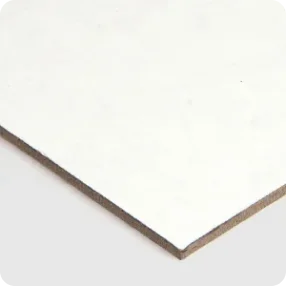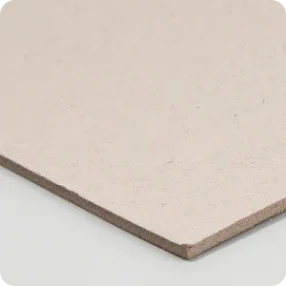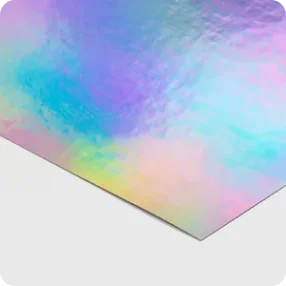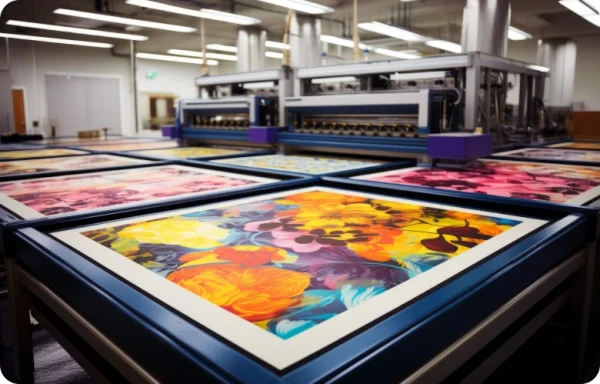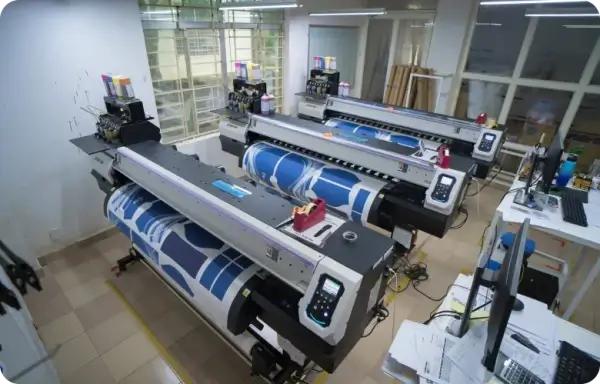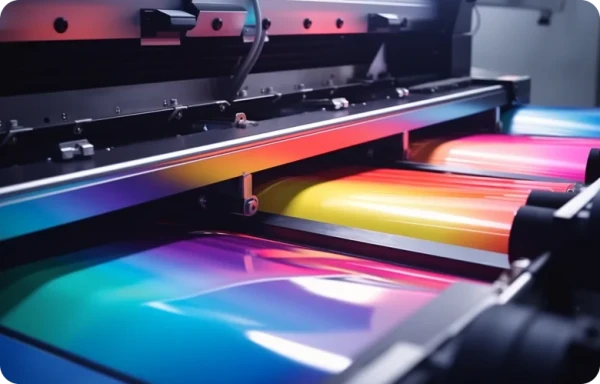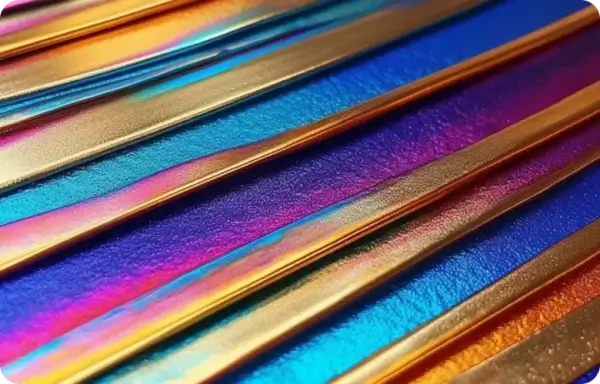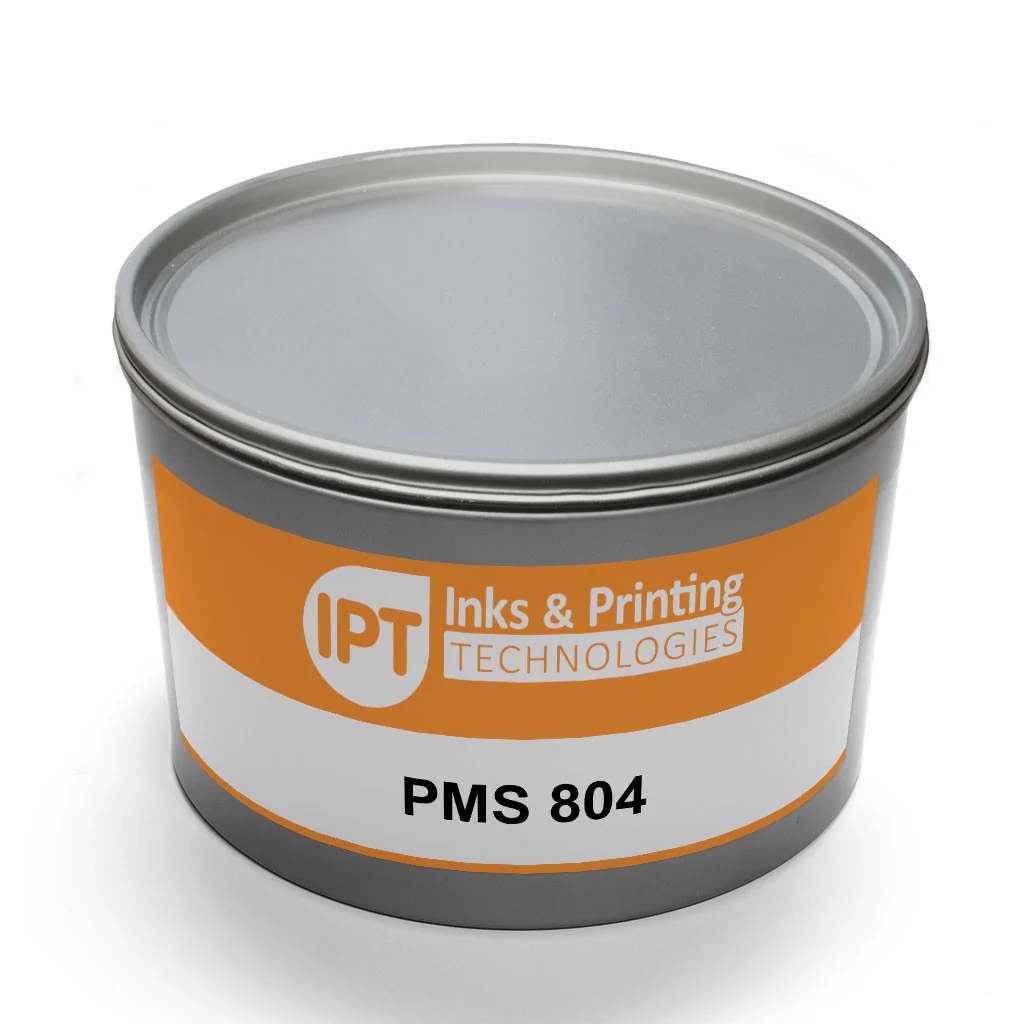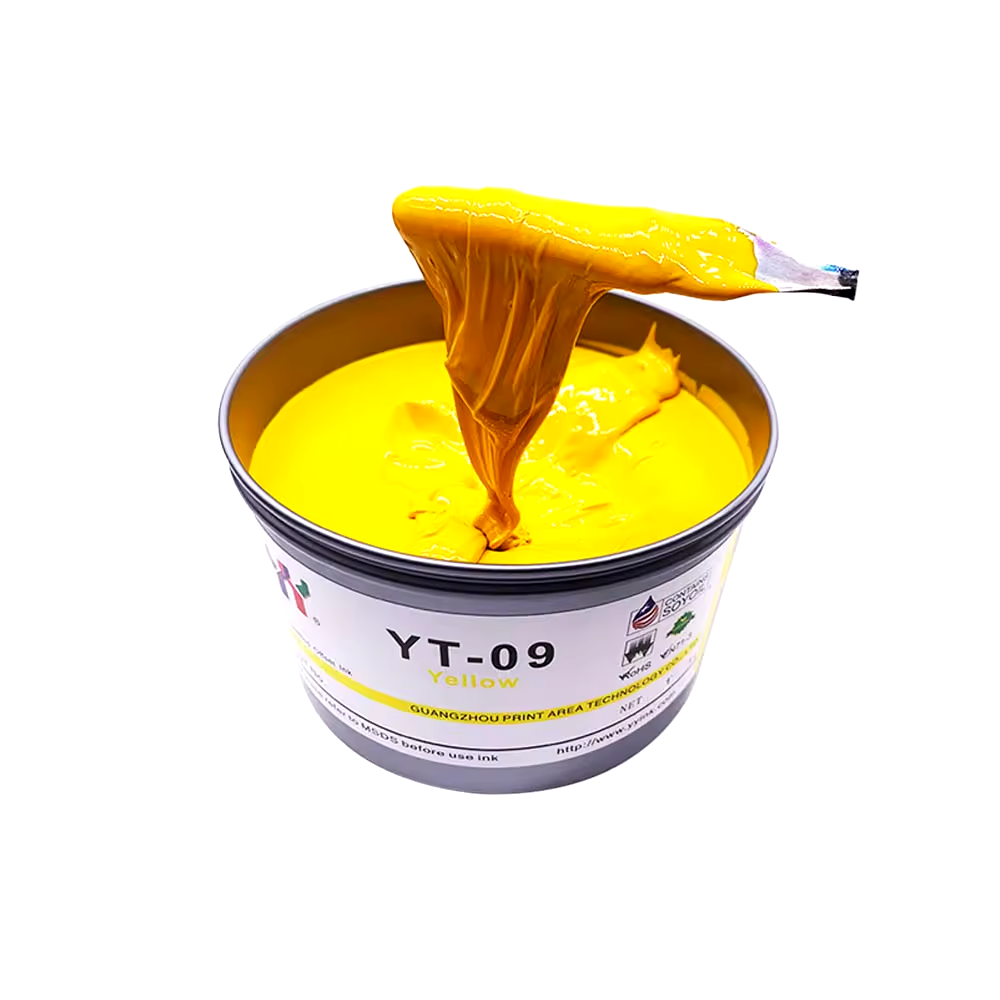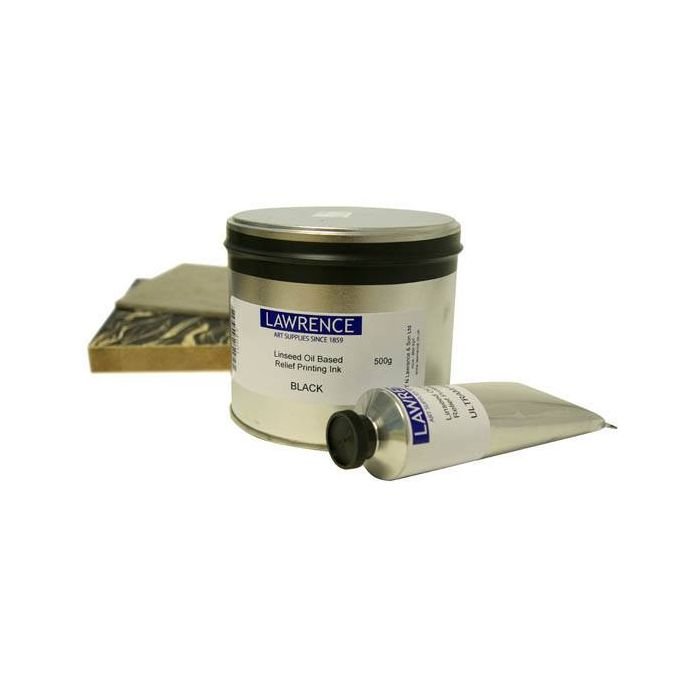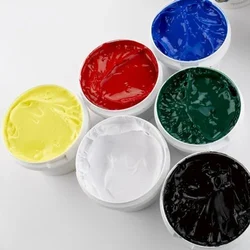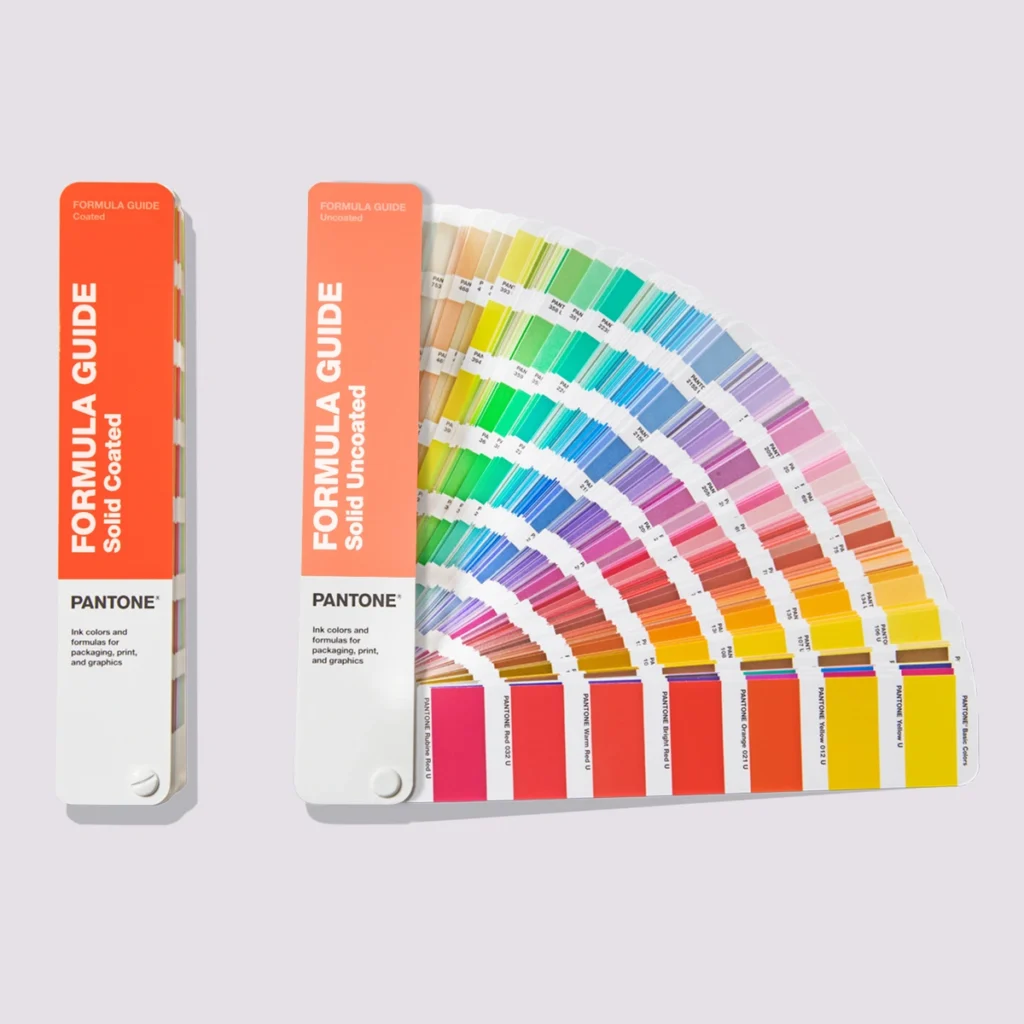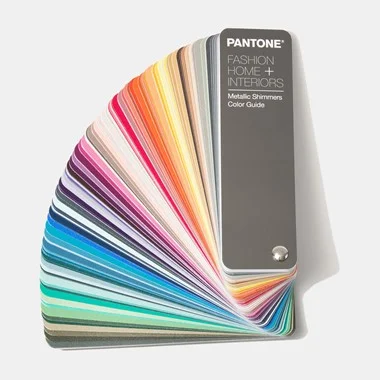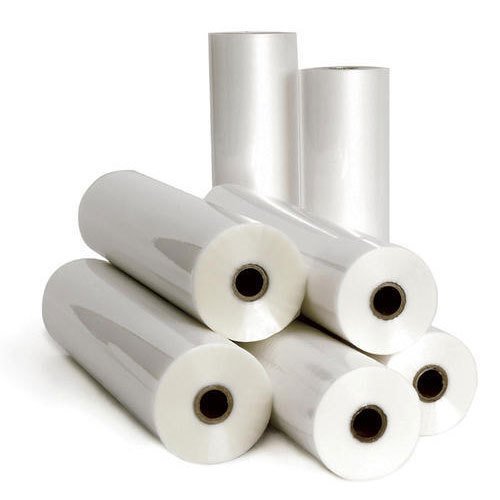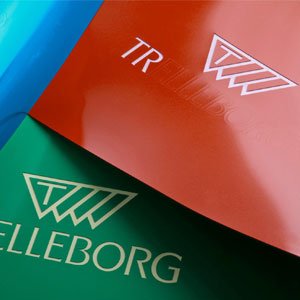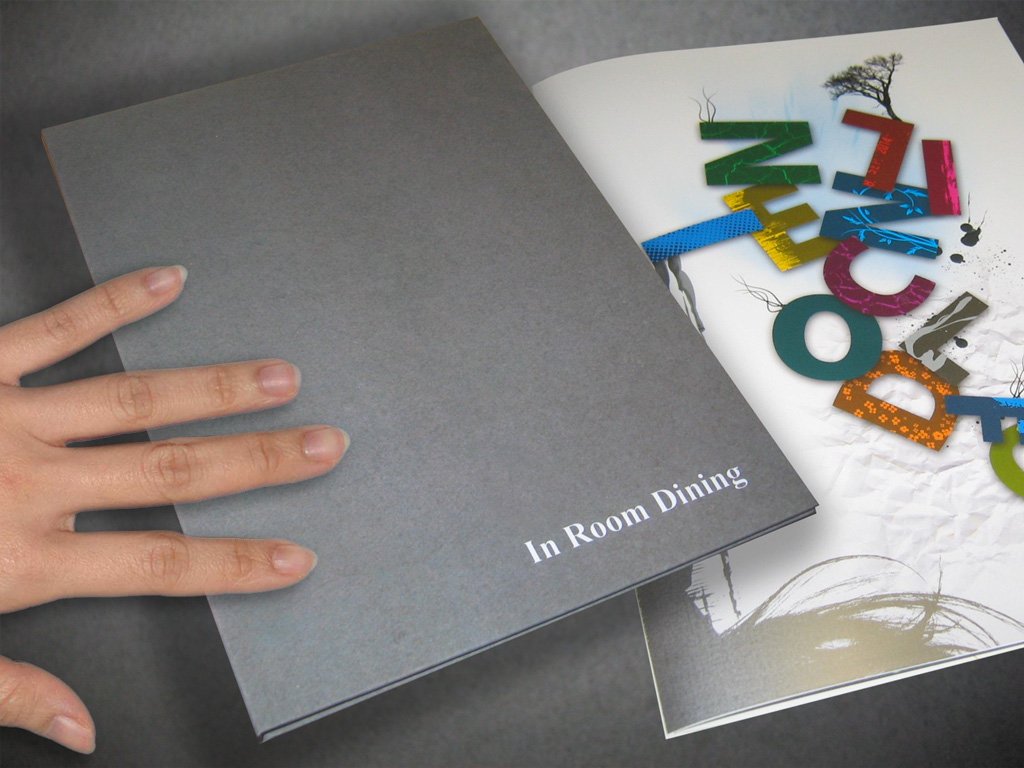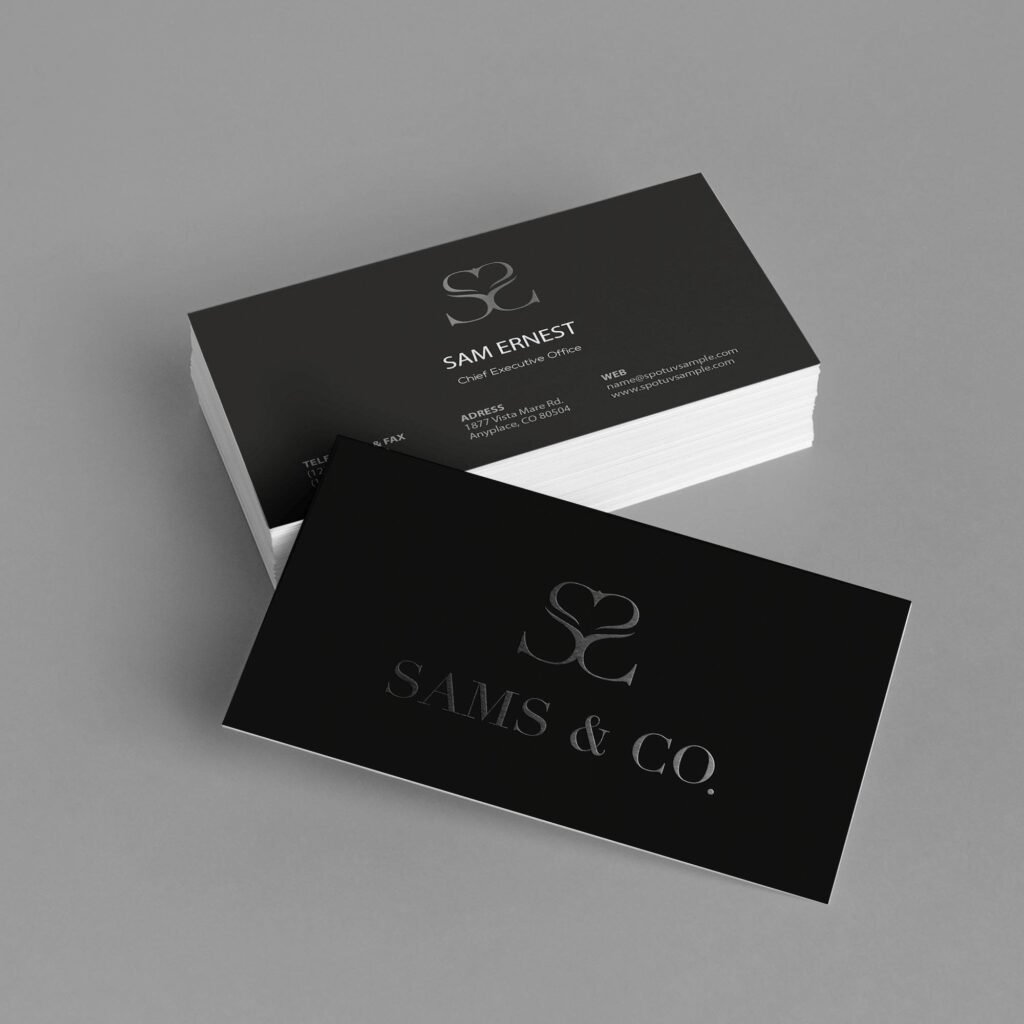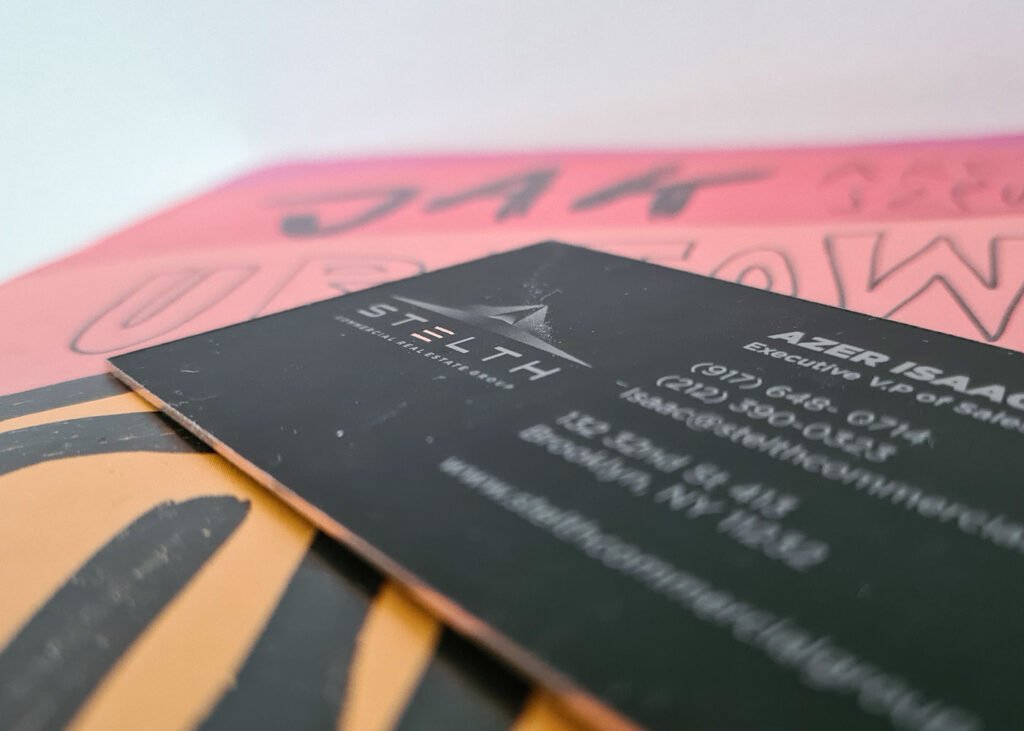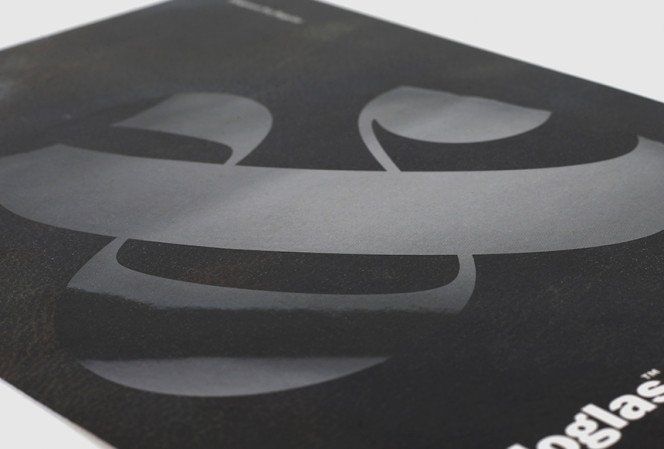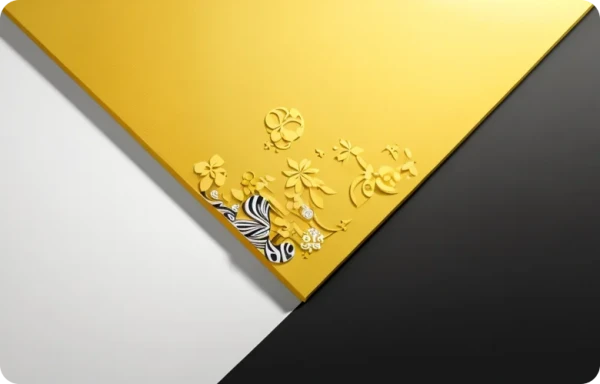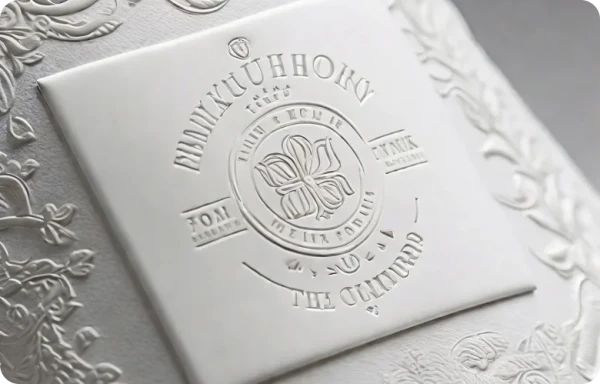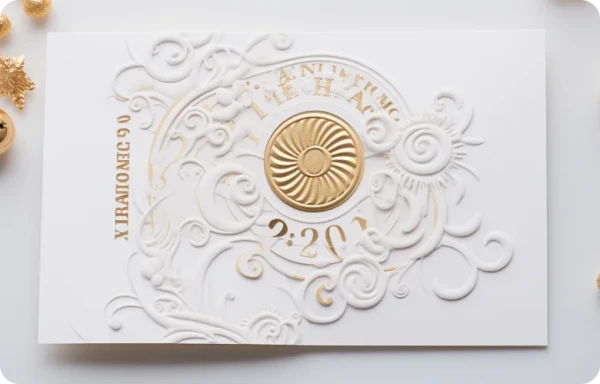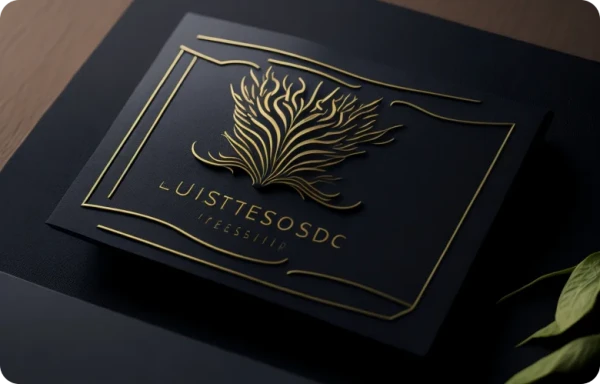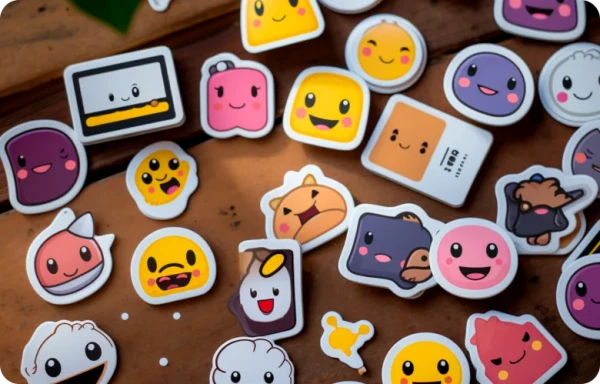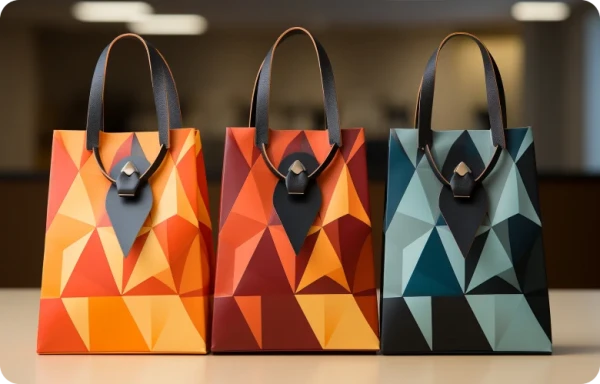used primarily for retail products. A typical
, which is often printed with branding and product information. This combination makes it not only
(polyethylene terephthalate) are common materials due to their durability and clarity.
and making it easy for them to evaluate the item before purchase.
In addition to standard packaging, there are
available that can be tailored to fit unique products. These
provide flexibility for brands to match their aesthetic while ensuring that their products are displayed effectively and securely.
Ultimately,
are a cost-effective, visually appealing, and functional packaging solution that enhances both the protection and
of your product.
Why Choose Blister Cards for Product Packaging?
Blister cards offer several advantages that make them a top choice for
product packaging. One of the primary benefits is
protection. The clear plastic blister securely holds the product in place, shielding it from dust, dirt, and potential damage during transport and storage.
Another major advantage is
product visibility. With
clear blister packaging, your
product is fully visible to customers, making it easier for them to assess the quality and features before purchasing. This enhances the appeal of your product and increases the likelihood of impulse buys on retail shelves.
Security is another key benefit.
Blister cards provide
tamper-proof packaging, ensuring that the product stays sealed until it reaches the customer. This feature is particularly important for industries like
pharmaceutical packaging, where product integrity is critical.
Additionally,
blister packaging is
cost-effective. It’s an affordable option for businesses of all sizes and can be produced in bulk, helping to reduce packaging costs without compromising on quality. This makes
blister cards a smart and reliable choice for manufacturers.
Designing Blister Cards for Maximum Impact
Designing effective blister cards is essential for maximizing product appeal and ensuring your product stands out. One key factor is
color psychology. Colors play a significant role in attracting attention, and selecting the right shades for your
blister card design can influence a customer’s decision-making. Bright, bold colors can create excitement, while softer hues may convey trust and reliability.
Another crucial aspect is
clarity. Since
blister cards are meant to showcase the product, it’s essential to use
clear blister packaging that allows the product to be visible from all angles. This transparency gives customers a direct view of what they’re purchasing, which increases trust and satisfaction.
Branding is also vital in
blister card design. Incorporating your logo and brand colors effectively helps reinforce your brand identity and makes your product instantly recognizable on the shelf. A strong, consistent brand presence in
blister card packaging can build customer loyalty.
Finally,
eco-friendly materials are becoming more important. Using
sustainable blister packaging options not only supports the environment but also appeals to the growing market of environmentally conscious consumers.
Best Practices to Ensure Quality Blister Card Packaging
When it comes to
blister card packaging, following
best practices can make all the difference in the final product. First and foremost, ensure
quality control throughout the manufacturing process.
Blister cards should be durable, ensuring the product stays safe and intact during transit and storage. Regular testing for strength and durability is essential.
Another important practice is
compliance with industry standards. Depending on the product, there may be specific regulations for
blister packaging, especially in industries like
pharmaceutical packaging or
electronics packaging. Ensure that your packaging meets these standards to avoid potential legal issues and guarantee safety.
Consumer experience is also crucial.
Blister cards should be easy to open without damaging the product. Designing user-friendly packaging can enhance the overall experience and build customer trust. Consider
easy-tear or
push-through designs that allow customers to access the product effortlessly.
Lastly, always consider
sustainability. Using
eco-friendly blister packaging materials not only helps reduce environmental impact but also appeals to the growing base of consumers who prioritize sustainability in their purchasing decisions.
Mistakes to Avoid When Designing Blister Cards
While
blister cards are an excellent packaging choice, there are a few common
mistakes to avoid when designing them. One of the biggest errors is
overcomplicating the design. A cluttered or overly complex
blister card design can confuse customers and make the product look unprofessional. Keep your design
clean,
simple, and focused on showcasing the product.
Another mistake is
neglecting user experience.
Blister cards should be easy to open, allowing customers to access the product without frustration. Packaging that is difficult to open can lead to negative experiences and even product damage. Consider
user-friendly features such as
easy-tear openings or
push-through designs.
Ignoring environmental impact is another pitfall. Today’s consumers are more eco-conscious than ever. Failing to incorporate
eco-friendly blister packaging can hurt your brand’s reputation. Use recyclable materials and opt for sustainable options to cater to the growing demand for
sustainable packaging.
Finally, don’t forget about
product visibility. If your
blister card doesn’t clearly show the product, it defeats the purpose of using transparent
blister packaging. Ensure that your packaging maximizes the visibility of your product for better shelf appeal.
Frequently Asked Questions About Blister Cards
Q1: What are blister cards used for?
A1:
Blister cards are primarily used for
retail packaging, showcasing products such as toys,
medications,
electronics, and small consumer goods. The clear plastic
blister holds the product securely, while the cardboard backing often includes branding and product information, making it an ideal solution for
product visibility and
shelf display.
Q2: What materials are commonly used for blister cards?
A2: Common materials for
blister card packaging include
PVC (polyvinyl chloride) and
PET (polyethylene terephthalate). These materials are clear, and durable, and allow for excellent
product visibility. Additionally, there are
eco-friendly blister packaging options made from recyclable and biodegradable materials, catering to sustainable packaging needs.
Q3: How do blister cards enhance product visibility?
A3: The transparency of
blister cards allows
consumers to see the product clearly, increasing trust and enhancing
product visibility. This transparency not only helps in showcasing the quality and features of the product but also makes it easier for customers to evaluate it before making a purchase.
Q4: Can blister cards be customized?
A4: Yes,
blister cards can be fully customized to fit the size, shape, and branding needs of your product. Custom
blister card packaging helps differentiate your product on shelves and ensures it aligns with your brand identity.

